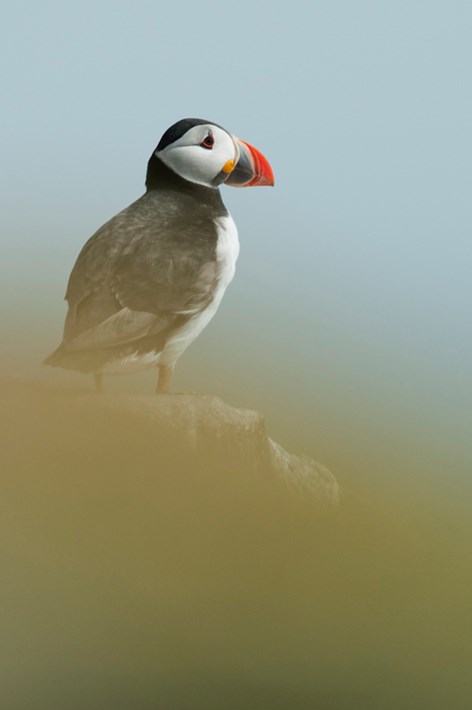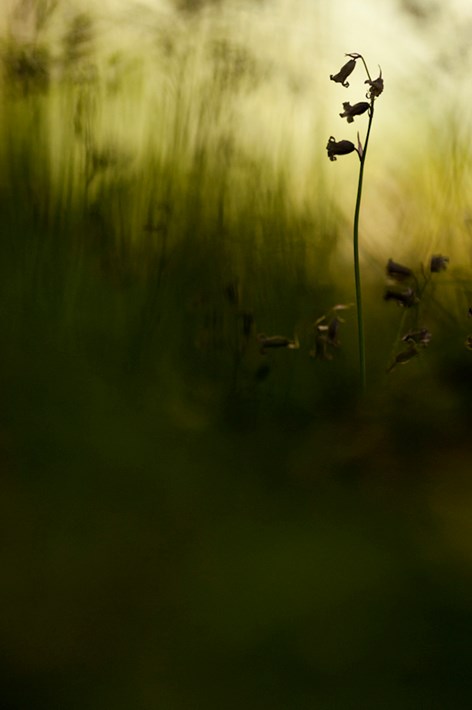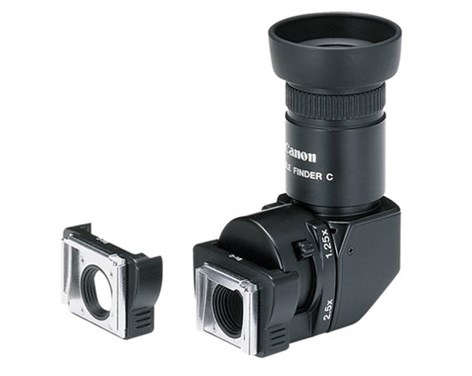Some people say I stand out in a crowd – and generally that’s because I’m lying down in the centre of it! As a wildlife photographer, being up above my subject is generally pretty darn useless. I want to be at eye level and that often means getting down low. I know the thought of crawling through the undergrowth covered in mud doesn't sound that appealing, but trust me, when you get home to edit the results will be far more satisfying!

When producing images of wildlife, being at their level leads to far more natural and flattering results. By positioning yourself at eye level with your subject, you create a connection and invite the viewer into your subject’s world. When you photograph an animal from human height you make it look vulnerable; although this can be used to good effect, it’s all too easy to end up with less flattering images.
In addition to introducing a connection between yourself and your subject, low-level photography is brilliant in helping to isolate your subject using bokeh. Being at a low level and focusing on your subject with a reasonably wide aperture, you can blur out much of the background of an image, leaving the subject isolated in the frame. Using this technique you can create simple and elegant portraits of your subject with very few distractions.

Another technique that can be applied from a low viewpoint is the art of silhouette. By adopting a low view point a photographer can frame a subject to be above the skyline, before underexposing to create a silhouette. Using this in conjunction with a subject with an obvious outline can lead to interesting results.

Working at a low level can often throw up a number of problems for the photographer, one of which is supporting your camera. Many tripods offer the ability to completely splay the legs to a ground-level position, and this can be excellent when you know you’ll be static. When moving or stalking subjects, however, my personal preference is to use a bean bag instead. These adaptable supports can be quickly deployed, and they allow you to support a camera with a long lens at a low viewpoint. They’re also far easier to reposition than a tripod when working at a fast pace, and as they dampen vibrations they can help to reduce camera shake, resulting in sharper images.

Another problem for the photographer, and one that is more evident after long periods of working at a low angle, is that of neck strain. Tilting your neck to peer through a viewfinder can ache after a while, so save your neck and purchase a right angled viewfinder instead. These handy little devices allow you to look straight down rather than tilting your neck, which allows you to shoot far more comfortably.
Next time you head out in search of wildlife don’t just look down; get down. Low-level viewpoints can truly transform wildlife images, so why not give it a go? Lower yourself into the world of your subject and you will be producing beautiful wildlife images in no time at all! (Wearing your best clothing is not recommended.)
About the Author
Tom Mason is an up and coming wildlife and nature photographer based in Hertfordshire where he frequently visits a number of local nature reserves including Rye meads and Amwell. You can see more of his work on his blog.

